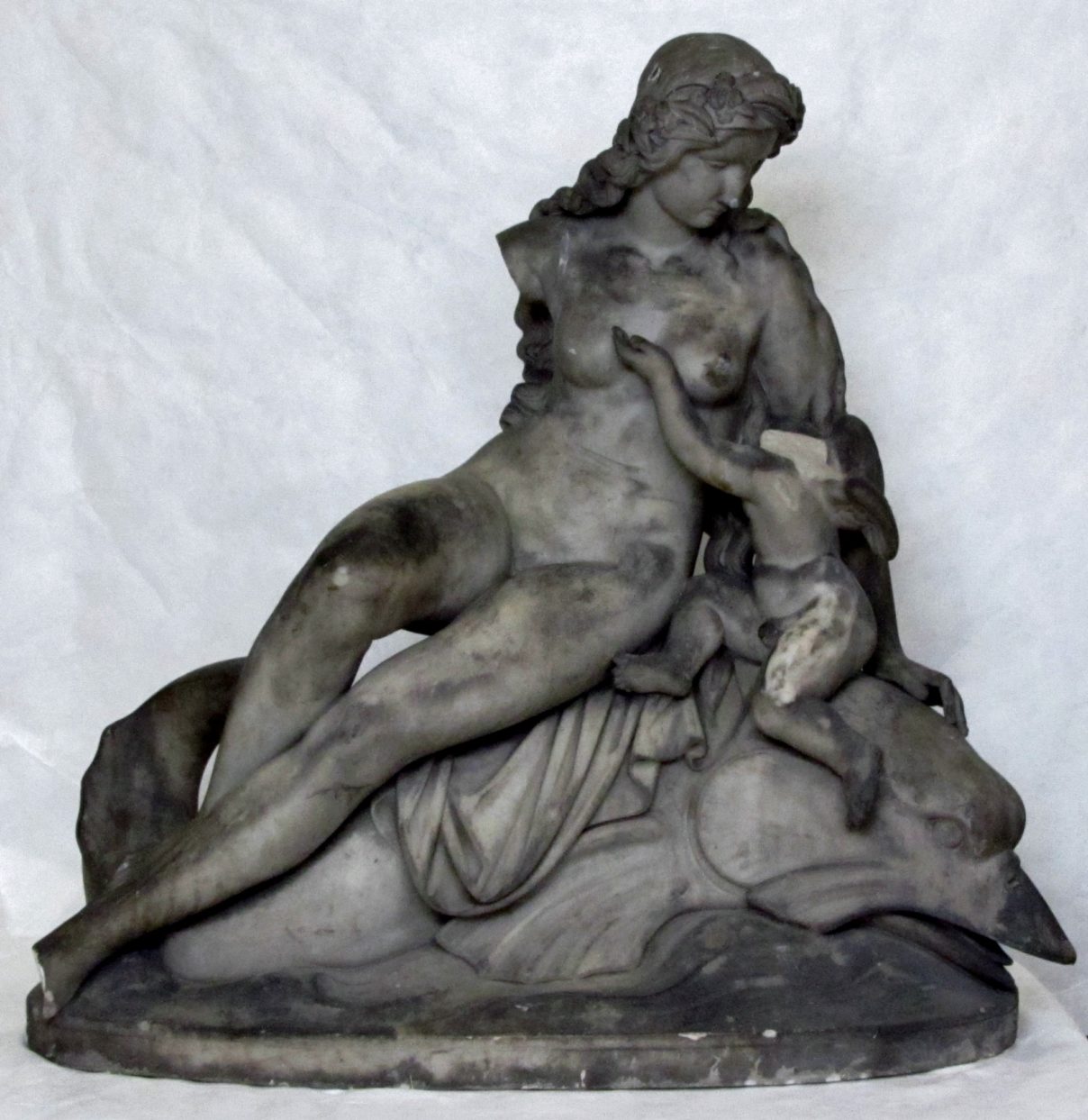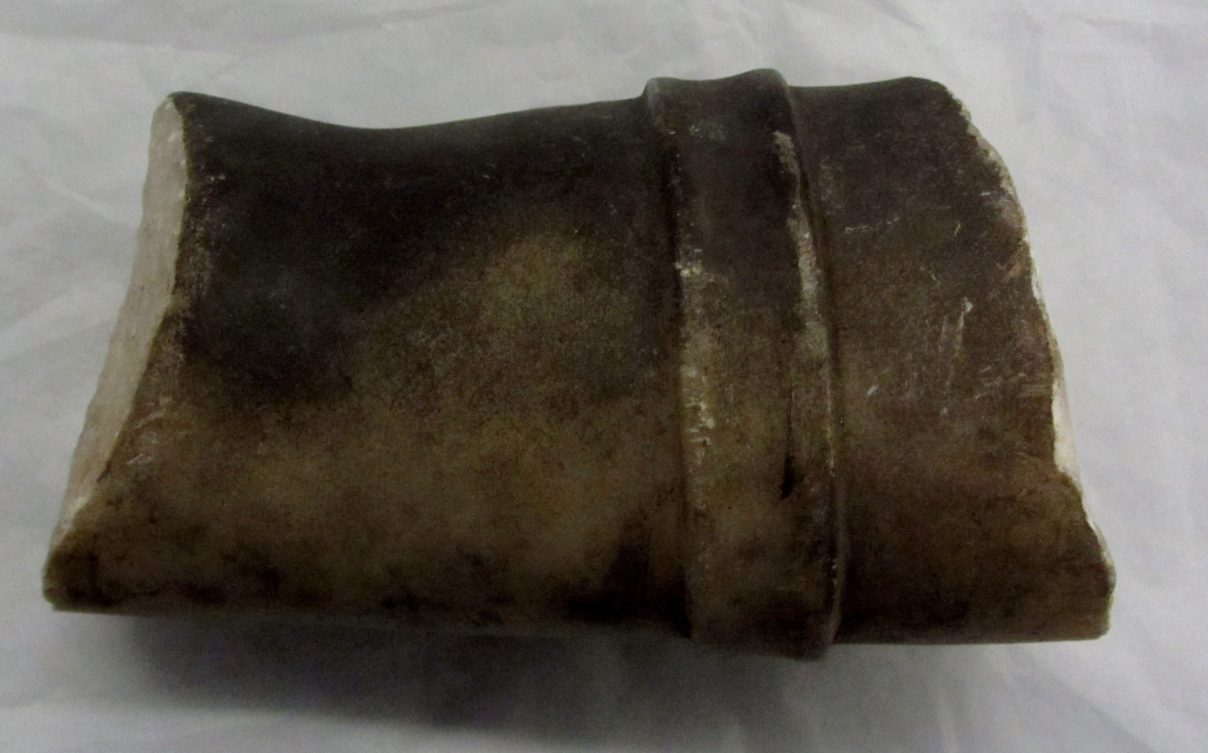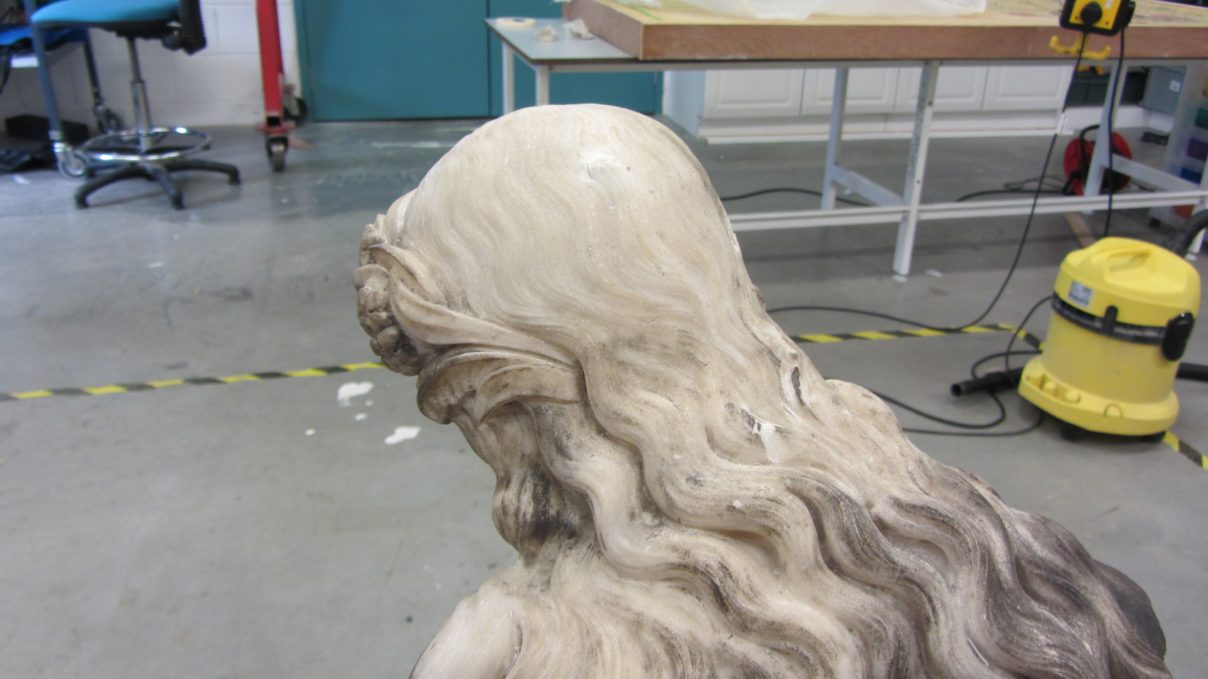Placement Experience at Glasgow Museums Resource Centre
Venus Disarming Cupid – in marble, Ludwig Von Schwanthaler

Ludwig Von Schwanthaler (1802 – 1848) was born into a prominent family of sculptors, working in marble and bronze. The ‘Venus disarming Cupid’ from the GMRC collection is of uncertain date, but is inscribed with Ludwig’s name as oppose to his father, Franz (previous master of the family workshop), or his cousin, Xaver (who took over the workshop until his death in 1854). This indicates a date of 1820 – 1848.
The sculpture was donated in 1859 by Robert Dalglish (1808 – 1880), politician and M.P. for Glasgow 1857 – 1874. During its time at the museum the sculpture has been loaned and displayed multiple times. During the rise of Nazism in Germany, artistic works by Jewish people alongside others was considered ‘Degenerate Art’ (Entartete Kunst); this led to the destruction of many Schwanthaler sculptures. It is this history that piqued interest in the sculpture within the GMRC collection.

The state of the statue, subsequent to open public display, was soiled, stained and damaged. The head of Cupid, the dolphin tail and Venus’ entire right arm were missing along with numerous smaller chips and losses. This loss along with heavy soiling effectively obscures the scene being depicted. Namely, it is unclear that Cupid is looking towards his arrow that Venus has taken, largely because the entire arm holding the arrow is also absent.

Exploration of the museum records found reference to a collection of fragments, though the record lacked any accompanying description. A request to have the container with the fragments located to the lab resulted in the discovery of the Cupid head, the upper arm of Venus and Venus’ hand. Together, these fragments along with the other examples, opened the possibility of reconstruction. Each of the other existing examples have varying degrees of loss, though the images provide a valuable guide in the reconstruction of the forearm. Searches for similar sculptures revealed numerous half-scale models and two full-size examples (relative to the size of the GMRC example). This provides a reference point for the 3-dimensional reconstruction.

Currently, the sculpture is amid a lengthy cleaning process. Due to the intact nature of the surface, observed from initial dry cleaning, steam cleaning was decided against. Instead a combination of damp scrubbing (over the heaviest soiling), professional latex poulticing, eraser dampened with de-ionised water, and swabbing with de-ionised water are being used.
The cleaning is progressing well and reconstruction is now being considered in more detail. Dowelling, is necessary for all joins. Cupid’s head is the simplest break, being nearest to a horizontal break. Observing the positioning though shows that the centre of mass protrudes forward and away from the break surface. A smaller dowel is considered necessary in order to safely affix the head.

The arm requires an extensive fill between the elbow and wrist of the arm, as well as reconstruction of the arrow in order to complete the image. Calculations of the dowelling needed (depth, diameter and number) depend on decisions of appropriate dowel material and adhesive. The materials used to fill the missing forearm will also affect the mass that the dowelling/armature will have to support. These decisions are currently being discussed along with the curator and other stakeholders, with hopes to complete the reconstruction in the following months.
Brandon.
